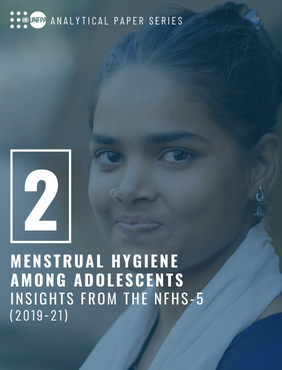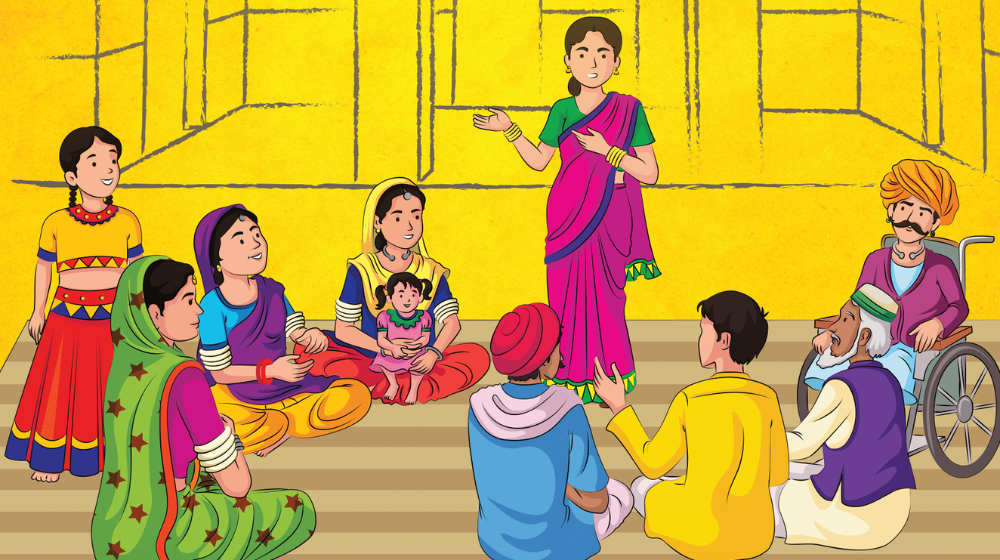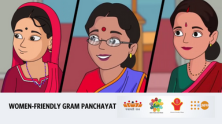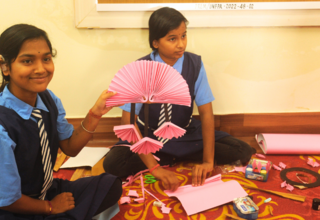There are 242 million adolescents aged 10-19 in India1 comprising 18% of the total population and among them 116 million are girls. In absolute numbers, India has the largest adolescent population in the world - the country accounts for 17.7% of the world’s total population, and 20.1% of the world’s adolescent population. The health and well-being of adolescents is a key determinant of the country’s overall health scenario and in the realization of the demographic dividend.
The onset of menstruation is one of the most important changes that occur among adolescent girls. The use of a hygienic method of menstrual management is imperative for her health and personal hygiene and, vital to her empowerment, and dignity.
The objective of this analysis is to study the socio-economic determinants of the use of hygienic methods for menstrual management by adolescent girls2.




